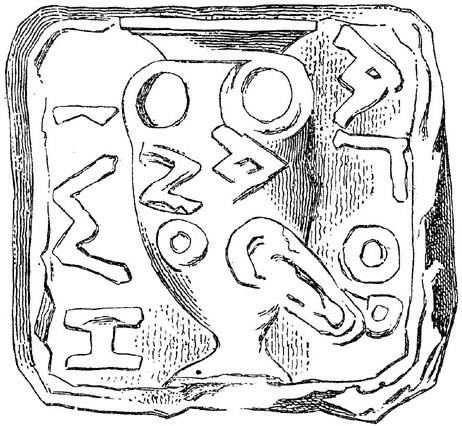 | ||
The mĕnē (also mina, Aramaic) (Hebrew: מנה) is an ancient Mesopotamian unit of weight for gold or silver and one of the earliest written words for money. The mĕnē, like the shekel, was also a unit of currency. In ancient Greece, it originally equalled 70 drachmae and later was increased to 100 drachmae. The Greek word mna was borrowed from Semitic; compare Hebrew māneh, Aramaic mĕnē, Syriac manyā, Ugaritic mn, and Akkadian manū. However, before it was used as currency, a mene was a unit of measurement, equal to 567 grams. One mĕnē of gold would be worth $23,000 USD and one mĕnē of silver would be worth $300 USD at today's metal prices.
Contents
In folk language used by sailors, the word mina or mines came to mean "mines", indicating mineral resources extracted from the ground.
From earliest Sumerian times, a mĕnē was a unit of weight. At first, talents and shekels had not yet been introduced. By the time of Ur-Nammu, the mĕnē had a value of 1/60 talents as well as 60 shekels. The value of the mĕnē is calculated at 1.25 pounds or 0.571 kilograms per mĕnē (18.358 troy ounces).
Evidence from Ugarit indicates that a mĕnē was equivalent to fifty shekels. The prophet Ezekiel refers to a mĕnē ('maneh' in the King James Version) as sixty shekels, in the Book of Ezekiel. Jesus of Nazareth tells the "parable of the mĕnē" in Luke 19:11-27.
From the Akkadian period, 2 mĕnē was equal to 1 sila of water (cf. clepsydra, water clock).
Historic Purchasing Power
Code of Hammurabi
Selene Goddess of Time
The ancient greek goddess Selene was also known by the ancient greek term for moon "Mene". She was the goddess of the moon denoting the calendar or passage of time.
